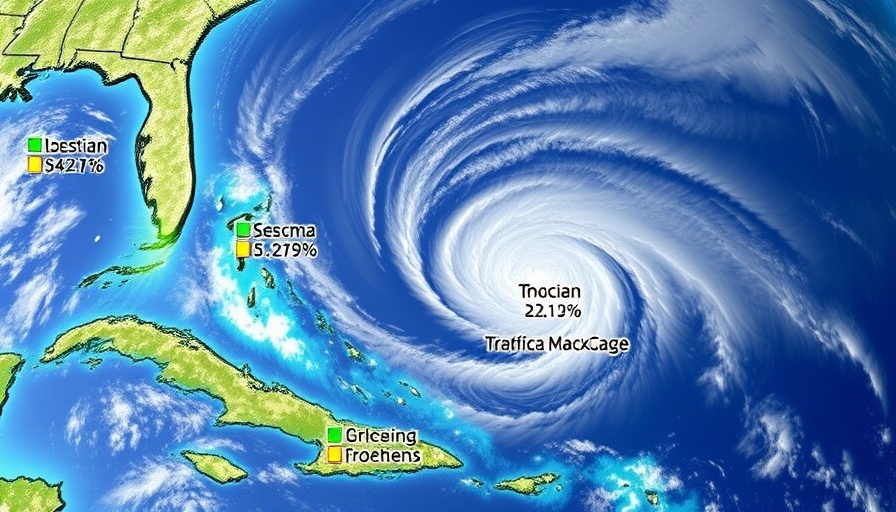
Unraveling the Crime Against Marine Life
The recent sentencing of Zachery Brandon Barfield marks a significant reminder of the consequences of illegal actions against protected wildlife in the Gulf of America. Barfield, a 31-year-old fishing captain from Panama City, Florida, was sentenced to 30 days in prison and fined $51,000 for the shooting and poisoning of bottlenose dolphins—an act that epitomizes disregard for both legal ethics and environmental protection.
Understanding the Impact on Dolphin Populations
As per the National Oceanic and Atmospheric Administration (NOAA), there have been 21 documented cases of intentional dolphin killings in the last decade, a statistic that illuminates a broader issue of violence against marine mammals. This alarming trend underscores not only a threat to dolphin populations but also reveals a growing disconnect in the stewardship of ocean resources. The Gulf of America is critical to the biodiversity it supports and the economic benefits it provides to fishing communities.
A Disturbing Approach to Problem Solving
Barfield’s decision to poison dolphins arises from a notable dilemma faced by many charter captains struggling to maintain their catch while competing with marine wildlife. Barfield reportedly began using methomyl, a highly toxic pesticide, as bait to eliminate dolphins that were consuming snapper from his clients’ lines. Such a drastic measure not only violates the Marine Mammal Protection Act but also illustrates a fundamental misunderstanding of coexistence with marine life.
The Broader Context of Marine Conservation
The sentencing of Barfield is a call to action for effective marine conservation policies. Despite existing regulations, the frequency of such cases suggests a systemic issue in enforcing laws designed to protect marine mammals. This incident opens a dialogue about the importance of educating fishing communities on sustainable practices that can help in maintaining economic viability without resorting to violence against protected species.
The Legal Ramifications and Community Response
Barfield’s conduct, especially the act of shooting a dolphin in front of young children, has sparked outrage among wildlife advocates and local communities. Such actions not only have legal consequences but also tarnish the reputations of responsible fishermen who contribute positively to the local economy and environment. Community responses have included calls for stricter enforcement of wildlife protection laws and educational outreach to foster respect for marine life.
Looking Ahead: Strengthening Wildlife Protection
The fallout from Barfield's actions propels the conversation forward regarding wildlife protection. While the monetary fine and prison time appear to be a deterrent, there is an urgent need for comprehensive educational initiatives and advocacy groups to emphasize the importance of preserving marine ecosystems. These efforts must focus on fostering a culture of respect for nature combined with practical fishing solutions that minimize conflict with wildlife.
Final Thoughts
The conviction and sentencing of Zachery Barfield serve as a stark reminder of the ongoing threats faced by marine life and the legal, social, and environmental ramifications of their mistreatment. Raising awareness about the intricacies of fishing practices and their impact on local ecosystems is imperative. As the Gulf of America continues to be a valuable resource for the fishing industry, collective efforts towards sustainable practices must be prioritized to prevent further crimes against cherished marine species.
For those interested in marine conservation, it is crucial to advocate for policies that protect dolphins and other marine mammals while supporting the fishing communities that depend on such ecosystems. Engage with local conservation groups and learn how to report incidents to ensure the safety and preservation of wildlife in the Gulf of America.
 Add Row
Add Row  Add
Add 




Write A Comment